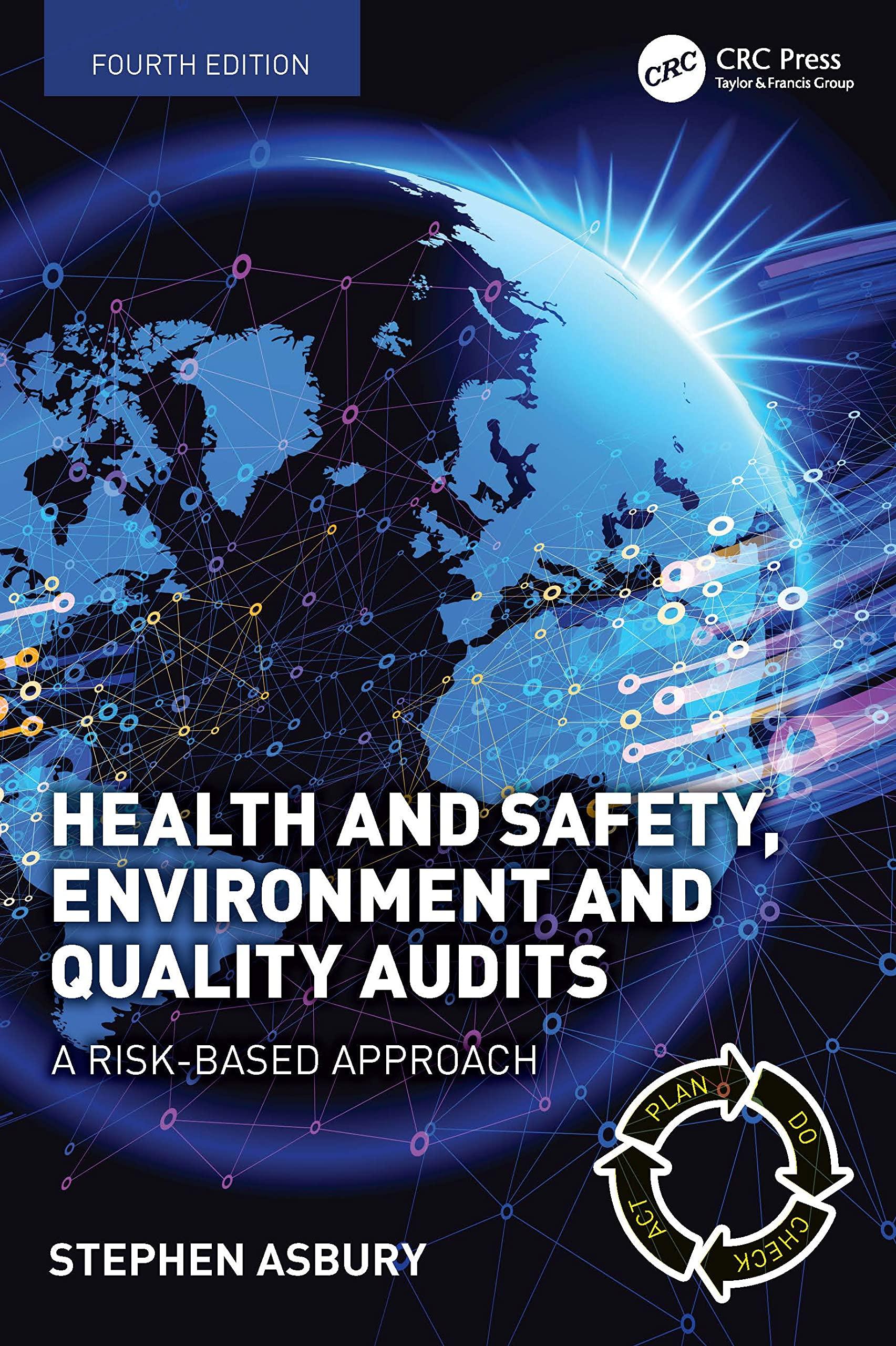





Antioch Extraction, which mines ore in Montana, uses a calendar year for both financial-reporting and tax purposes. The following selected costs were incurred in December, the low point of activity, when 1,900 tons of ore were extracted: Straight-line depreciation $ 47,000 Charitable contributions* 14,000 Mining labor/fringe benefits 427,500 Royalties 109,000 Trucking and hauling 417,875 *Incurred only in December. Peak activity of 3,200 tons occurred in June, resulting in mining labor/fringe benefit costs of $720,000, royalties of $148,000, and trucking and hauling outlays of $542,875. The trucking and hauling outlays exhibit the following behavior: Less than 1,900 tons From 1,900-2,399 tons From 2,400-2,899 tons From 2,900-3,399 tons $355,375 417,875 480,375 542,875 Antioch uses the high-low method to analyze costs. Required: 1. Classify the five costs listed in terms of their behavior: variable, step-variable, committed fixed, discretionary fixed, step-fixed, or semivariable. 2. Calculate the total cost for next February when 2,200 tons are expected to be extracted. 3-a. Is hauling 1,900 tons with respect to Antioch's trucking/hauling cost behavior cost-effective? 3-b. If the company plans to extract 1,900 tons, at what number of tons can cost-effectiveness be achieved? 4. Distinguish between committed and discretionary fixed costs. If Antioch were to experience severe economic difficulties, which of the two types of fixed costs should management try to cut? 5. Speculate as to why the company's charitable contribution cost arises only in December. Complete this question by entering your answers in the tabs below. Reg 1 Reg 2 Req 3A Reg 3 Req 4 Reg 5 Classify the five costs listed in terms of their behavior: variable, step-variable, committed fixed, discretionary fixed, step- fixed, or semivariable. a. Straight-line depreciation b. Charitable contributions c. Mining labor/fringe benefits d. Royalties e. Trucking and hauling Reg 1 Reg 2 Req 3A Req 3B Reg 4 Reg 5 Calculate the total cost for next February when 2,200 tons are expected to be extracted. Total cost Reg 1 Req 2 Reg 34 Req 3B Reg 4 Reg 5 Is hauling 1,900 tons with respect to Antioch's trucking/hauling cost behavior cost-effective? Yes | Ono Req 1 Reg 2 Req 3A Reg 3B Reg 4 Reg 5 If the company plans to extract 1,900 tons, at what number of tons can cost-effectiveness be achieved? Number of tons Reg 1 Req 2 Req 3A Req 3B Req 4 Reg 5 Distinguish between committed and discretionary fixed costs. If Antioch were to experience severe economic difficulties, which of the two types of fixed costs should management try to cut? Discretionary fixed costs Commited fixed costs Reg 1 Reg 2 Reg 34 Req 3B Reg 4 Reg 5 Speculate as to why the company's charitable contribution cost arises only in December. To demonstrate social responsibility To claim tax deduction To promote business












